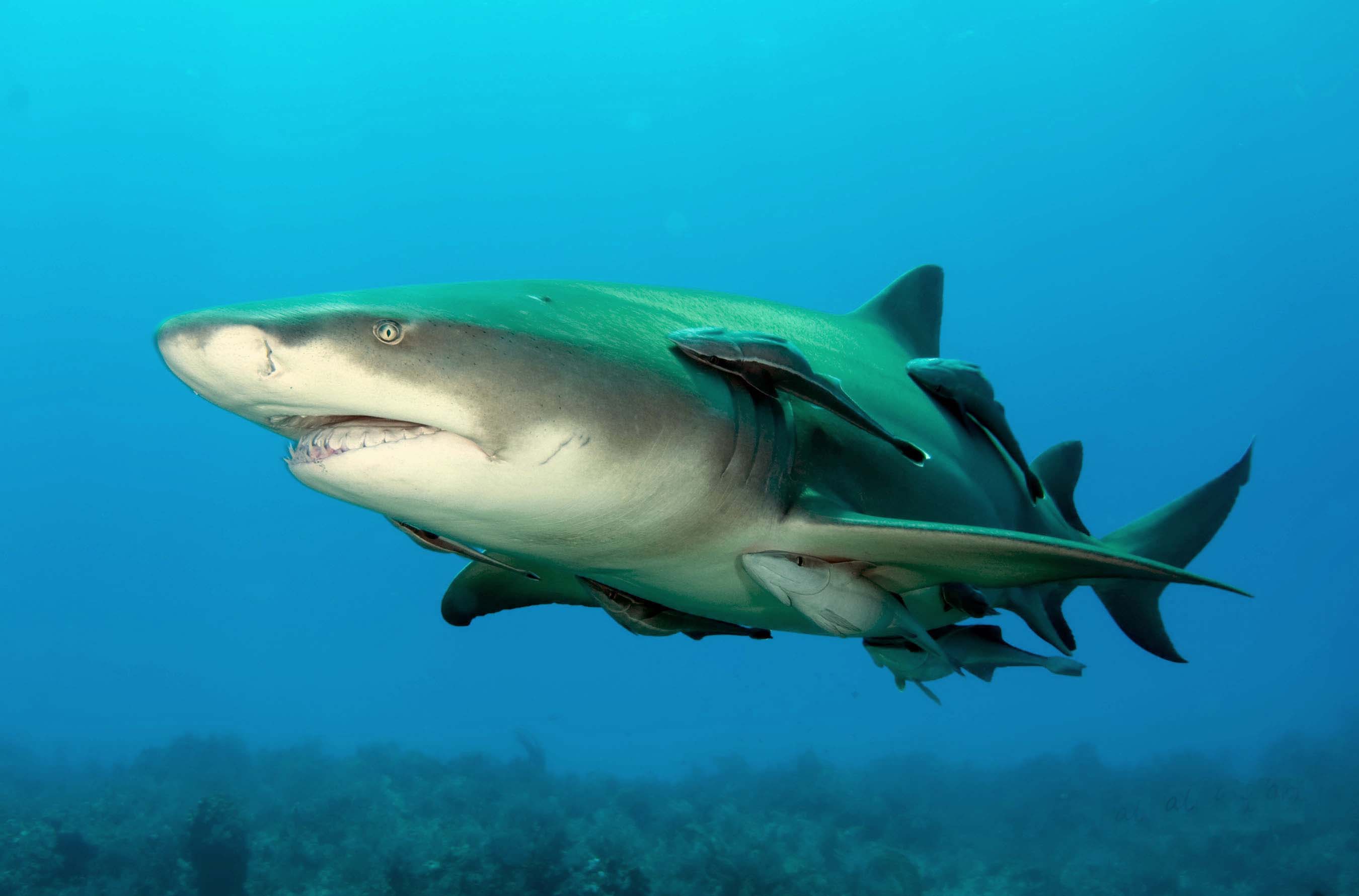Difference between revisions of "Translations:AY Honors/Species Account/Negaprion brevirostris/1/es"
From Pathfinder Wiki
m (FuzzyBot moved page Translations:Adventist Youth Honors Answer Book/Species Account/Negaprion brevirostris/1/es to Translations:AY Honors/Species Account/Negaprion brevirostris/1/es without leaving a redirect: Part of translatable page "Adventist Youth Honors Answer Book/Species Account/Negaprion brevirostris") |
|
(No difference)
| |
Latest revision as of 21:36, 20 September 2021
Tiburón limón (Negaprion brevirostris)
Dónde se encuentra: El tiburón limón se encuentra principalmente en los mares tropicales y subtropicales y partes del Océano Atlántico y Océano Pacífico, costas de América del Norte y Sur, y alrededor de las Islas del Pacífico.
Descripción: Se le conoce como tiburón limón, porque a ciertas profundidades, la interacción de luz con el agua de mar puede hacer que este tiburón tenga una apariencia bronceada y amarillenta, al igual que la superficie de un limón. Es fácil de distinguir de otras especies de tiburones porque sus dos aletas dorsales son casi del mismo tamaño. El mayor tiburón limón registrado fue de 13 pies de largo, pero por lo general son de 2 a 3 metros. Los tiburones limón se pueden ver acompañados con los peces rémoras.

